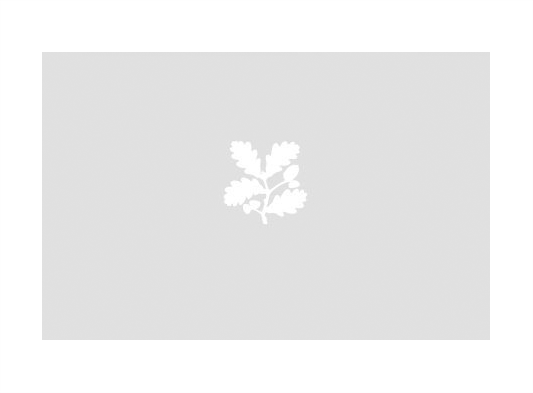Table
John Chapman (fl. c.1550)
Category
Furniture
Date
circa 1550
Materials
Stone, marble
Measurements
91 cm (H); 121 cm (W); 121 cm (D)
Place of origin
England
Collection
Lacock, Wiltshire
NT 996423
Summary
A carved stone and Anglesey marble centre table, commissioned by William Sharington (c.1495-1553) and probably carved by John Chapman (fl.1550), English, circa 1550.With an octagonal top supported by four caryatid-terms, two bearded and two part veiled female figures which flank recessed niches carved with standing figures. Three have inscriptions carved in relief at their feet, one identifies as ‘CERES’ another ‘BACCHVS’ and the third most likely ‘APICIUS’ the forth figure, unmarked, depicts a young woman dressed as a shepherdess.
Full description
In 1232, Lacock Abbey, an Augustinian nunnery for noblewomen, was founded by Ela, Countess of Shrewsbury (d.1261), who became its first abbess. The richly endowed institution fell foul of Henry VIII's commissioners in 1539 when it was suppressed and sold to William Sharington (c.1495-1553) in 1540. He embedded the nunnery cloister in his new buildings, of which the most notable feature is an octagonal three-storey tower, which incorporates a secure private closet on the first-floor and an entertaining room on the second. This upper room overlooks the landscape, and is only accessible from the balustraded lead roof. At the centre of both rooms stand monumental octagonal marble tables on central carved stone plinths, which are the only remaining pieces of furniture from Sharington's time and are remarkable survivals of Tudor furniture. This table sits in the centre of the upper entertaining room, the carving of the base is of the finest craftsmanship although some of its detail has perished over time. The designs, incorporating caryatids and standing figures, draw on French and Italian Renaissance decoration. Both tables are attributed to Chapman who also worked for Henry VIII, John Dudley, Earl of Northumberland and Sharington's friend and neighbour at Longleat, Sir John Thynne. Two other objects, a sixteenth-century bell-metal pestle and mortar inscribed ˜W. Sharington'.and a massive bell-metal tripod cauldron, signed and dated 1500 by Peter Wagheuens of Mechelin, Belgium, are listed in the Kitchen in the earliest inventory of Lacock, which records the contents of the Abbey in 1575, during the tenure of Sharington's brother, Sir Henry (d.1581). Curiously, the inventory omits the two stone tables which were presumably regarded as fixtures and also excludes any books, manuscripts, precious metals or other objects that the lower room was designed to contain. For further discussion see David Adshead’s article Sir William Sharington’s Tower: A tale of two tables at Lacock Abbey, Wiltshire 2013. (James Weedon, November 2019)
Provenance
Commissioned by William Sharington (c.1495-1553) and probably carved by John Chapman (fl.1550) for the second floor tower room at Lacock Abbey, circa 1550. Purchased by the National Trust with the family collection of Lacock Abbey contents in situ from Mrs. Petronella Burnett-Brown in December 2009.
Makers and roles
John Chapman (fl. c.1550), stonemason
References
Adshead, David 'Sir William Sharington’s Tower: A tale of two tables at Lacock Abbey, Wiltshire' ABC 2013.
